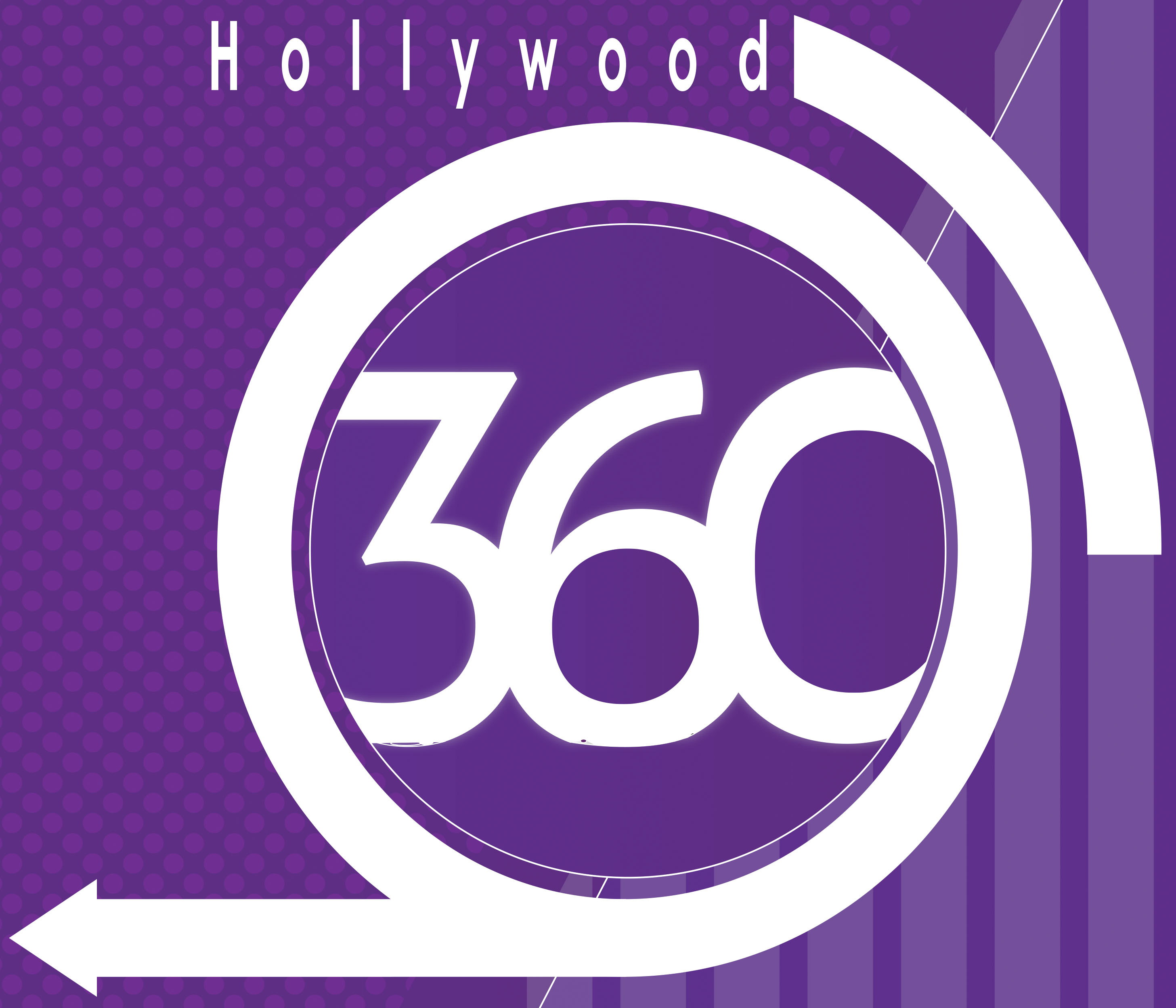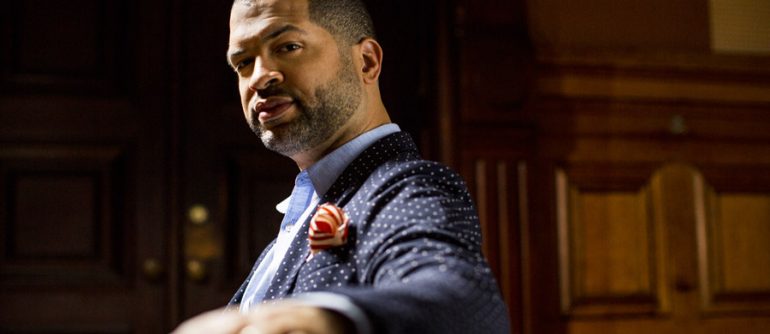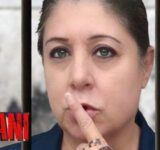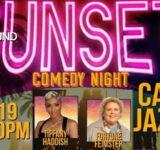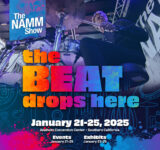On November 10th at 8 pm, Jason Moran, jazz pianist, and his group The Big Bandwagon performed the award-winning multimedia show IN MY MIND: Monk at Town Hall 1959 at UCLA’s Center for the Art of Performance at The Theatre at Ace Hotel in DTLA. The original concert was historic because of jazz legend and innovator, Thelonious Monk played with an orchestra for the very first time.
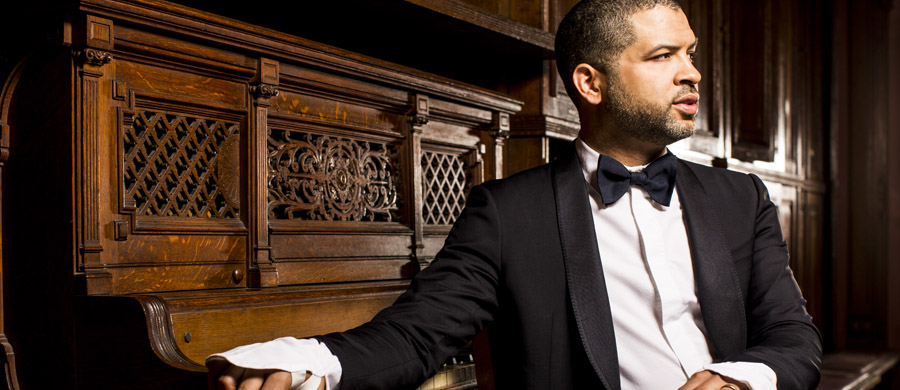
Jason Moran was commissioned in 2007 to create this show in honor of the 50th Anniversary of Monk’s performance at New York’s Town Hall and has performed IN MY MIND: Monk at Town Hall 1959 worldwide for the last 10 years. However, in 2017, the performance is done in celebration of Thelonious Monk’s 100th birthday and the 10-year anniversary of Moran’s first performance. The show portrays what Monk’s artistic process was during that time by using audio conversations with Thelonious Monk and arranger Hal Overton with archival photographs and video produced by David Dempewolf. The multimedia presentation was combined with Moran’s musical arrangements that exude the spirit of the original charts of Hal Overton but takes the music in radical new directions.
The stage contained the following set up … Jason Moran sat at the acoustic piano in the center of the stage, the tuba, trombone, and trumpet players were to the left-side of the piano, the drummer was in the back and the bass, and two sax players were to the right. A movie screen was behind the band projecting the multimedia images as the music was performed. First, there was silence then the noises of a fuzzy black and white television. The audience was keyed into watching the collage of images. Jason Moran walked onstage and sat at the piano. He put on earphones then hit the piano with thick chords. Underneath the music, there were clomping sounds mixed in … dancing shoes on a wooden floor. (Thelonious Monk was known for getting up from the piano stool and dancing while he performed.) Two ideas were set in place that created an underlying theme for the evening. Monk’s genius would be honored and not forgotten symbolically resonating in the clomping sounds of his dancing footsteps, alternately, but by putting on headphones, Jason Moran seemed to be establishing a message. He was now in today’s music world, he was going beyond what his mentor had done and sending the music off into the future world.
The first song was “Thelonious” which Moran handled by himself for a few minutes then the rest of the band played as they emerged onstage. There was a buildup of layers of sound with superfast running riffs from all the instruments. Immediately, Jason Moran was establishing that while he was paying tribute to the great Thelonious Monk, he took a trajectory off into his own artistry that was an original interpretation of the music. As a mixture of photos blinked on the screen of Thelonious Monk overlapping with pieces of the band in real time, the musical composition reverberated with a dissonance. “Friday the 13th” first swung hard then saxophonist, Walter Smith III flew off into an unraveling solo that spun a turbulent wave, at the same time Jason Moran on piano, Tarus Mateen on bass and Nasheet Watts on drums laid down a solid repeating phrase pushing the rhythm forward. Frank Lacy on trombone, Bob Stewart on tuba, and Wallace Roney on trumpet took turns soling with rushes of energetic improvisation.
The scenery changed to a more personal mood as images of Jason Moran’s apartment on Riverside Dr. floated by. Lacy played a lovely solo on trombone then Stewart on tuba blew large, lush slow rolling changes followed by the trumpet feeding the flow. Moran provided the audience with a stream of consciousness of his innermost thoughts written up on the screen.
A sudden twist of time, the next set of pictures took us to a plantation back in slavery days and the sound of footsteps was heard walking through the fields. The tuba pulsated deeply with an African ancient calling. Moran swung a bell punctuating the dramatic moment … then the backdrop changed to a winter setting through the forest as bells and chimes called out and drumming African rhythms matched the pounding of the piano. The composition “Little Tootie Rootie” was telling a story of the evolving history of where Thelonious Monk’s roots originated and how it influenced his music. Then tires driving down the road are projected on the screen while the horns onstage broke into a New Orleans sounding death march which opened up to a clashing dissonance of notes. The piece ended with a cool, hip swinging funk filled modern day jam.
Onwards to the climatic ending of “Crepuscule with Nellie” the images on the screen flew off into a Modern Art curve and we heard the repeating phrase, “Greatest pianist in the world, heard the music in my mind, in my mind.” Jason Moran onstage was juxtaposed with 1959 newspaper clippings of the concert on the screen. The grand finale was comprised of the band marching into the aisles blowing on the horns and beating on percussion instruments with a New Orleans bluesy flavor.
A stunning 75-minutes of musical history was performed by Jason Moran and The Big Bandwagon.
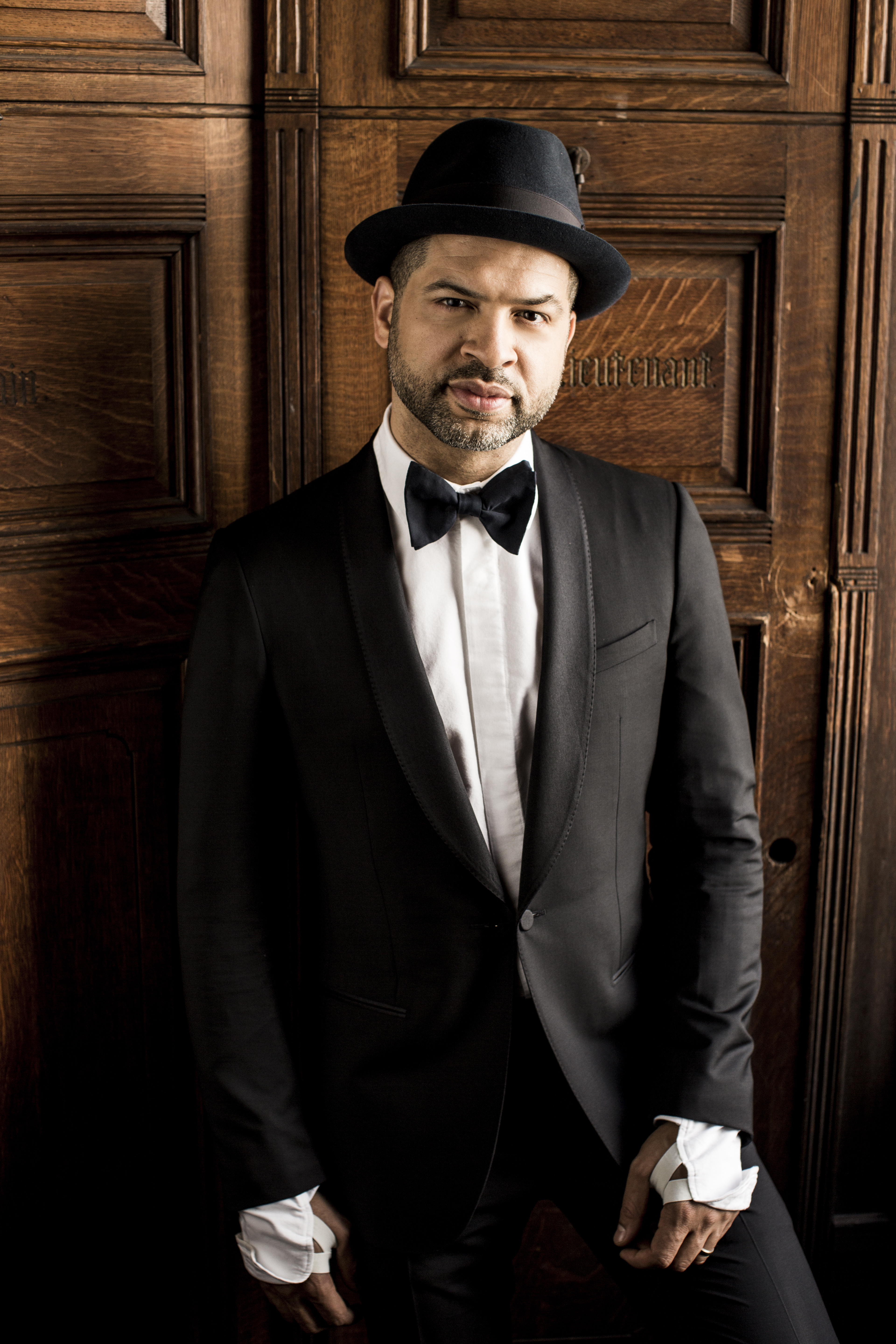
Here were my four questions I asked Jason Moran and his responses:
The Hollywood 360: You have been performing IN MY MIND: Monk at Town Hall 1959 for 10 years, how has it evolved over this time period? What have you discovered about Monk’s music along the way and yourself as an Artist?
Jason Moran: Within the past year, the piece has become more fluid. I think as a unit we are taking more chances, and following Monk’s idea about how he did not want his music to be “stiff”. Monk’s compositions demand perspective. I realized that there was a narrative I wanted to get at with his music, and I wanted to think of him as a part of his ancestry rather than the stand alone figure. I think by widening the scope, the music feels more personal, and part of a continuum.
The Hollywood 360: The use of multimedia adds another dimension of presenting Thelonious Monk’s music. How does using this medium add to the presentation rather than performing a regular concert?
Jason Moran: The images are constant, and they shuttle us between three centuries: 19th, 20th and 21st. The 19th century shows up in the fields of Newton Grove, NC where Monk’s grandparents were slaves. The 20th century looks at 1959 as Monk rehearses his music. And the 21st century is how we hear and perform it today. The images transport us to these places. Images are strong, and can sometimes dominate, but the wonderful part about an audience is that if they want to, they can simply close their eyes and listen. The videos were done by the video artist David Dempewolf.
The Hollywood 360: As Thelonious Monk was an innovator changing the face of jazz, how do you see your role in the present day world of jazz music?
Jason Moran: Over the years, my role has continued to shift. In my 20s, I was the young artist willing to throw everything on the table and let it sort itself out. By my 30s, I began to find a voice on the piano, and allow my other interests find their way into my work. Now in my 40s, I am the artistic director for jazz at The Kennedy Center, I teach at New England Conservatory, I produce concerts with the Park Avenue Armory here in NYC, and am a mentor to many. My role is as enabler and upsetter, all working within the “arts” camps. I am an advocate for serious artistry in an age of mediocrity.
The Hollywood 360: Please make any comments you would like to say about performing the concert.
Jason Moran: It has always been profoundly moving to work through the history of America as it pertains to Monk. And by the end of the concert when we perform his love song (Crepuscule with Nellie) to this wife Nellie, we march out of the theater to join everyone in the celebration. Love always wins.
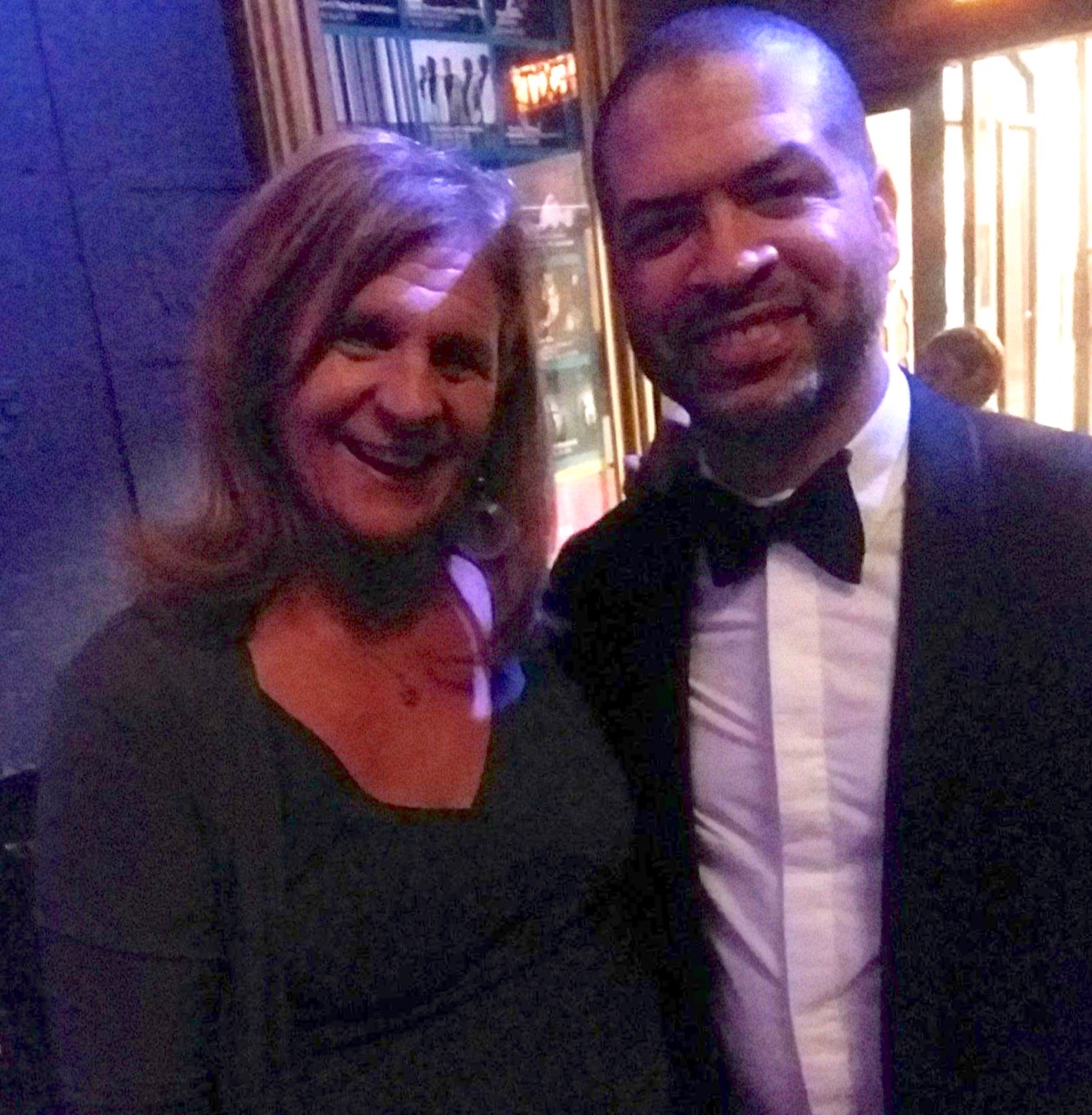
For more information regarding Jason Moran go to: http://www.jasonmoran.com/

